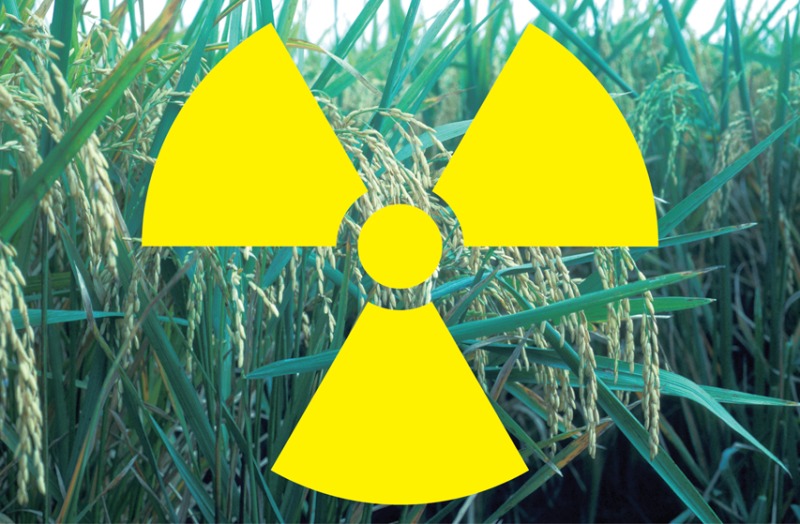- Record: found
- Abstract: found
- Article: not found
Analysis of Japanese Radionuclide Monitoring Data of Food Before and After the Fukushima Nuclear Accident

Read this article at
Abstract

In an unprecedented food monitoring campaign for radionuclides, the Japanese government took action to secure food safety after the Fukushima nuclear accident (Mar. 11, 2011). In this work we analyze a part of the immense data set, in particular radiocesium contaminations in food from the first year after the accident. Activity concentrations in vegetables peaked immediately after the campaign had commenced, but they decreased quickly, so that by early summer 2011 only a few samples exceeded the regulatory limits. Later, accumulating mushrooms and dried produce led to several exceedances of the limits again. Monitoring of meat started with significant delay, especially outside Fukushima prefecture. After a buildup period, contamination levels of meat peaked by July 2011 (beef). Levels then decreased quickly, but peaked again in September 2011, which was primarily due to boar meat (a known accumulator of radiocesium). Tap water was less contaminated; any restrictions for tap water were canceled by April 1, 2011. Pre-Fukushima 137Cs and 90Sr levels (resulting from atmospheric nuclear explosions) in food were typically lower than 0.5 Bq/kg, whereby meat was typically higher in 137Cs and vegetarian produce was usually higher in 90Sr. The correlation of background radiostrontium and radiocesium indicated that the regulatory assumption after the Fukushima accident of a maximum activity of 90Sr being 10% of the respective 137Cs concentrations may soon be at risk, as the 90Sr/ 137Cs ratio increases with time. This should be taken into account for the current Japanese food policy as the current regulation will soon underestimate the 90Sr content of Japanese foods.
Related collections
Most cited references29
- Record: found
- Abstract: found
- Article: not found
Cesium-137 deposition and contamination of Japanese soils due to the Fukushima nuclear accident.
- Record: found
- Abstract: found
- Article: not found
Assessment of individual radionuclide distributions from the Fukushima nuclear accident covering central-east Japan.
- Record: found
- Abstract: found
- Article: not found
